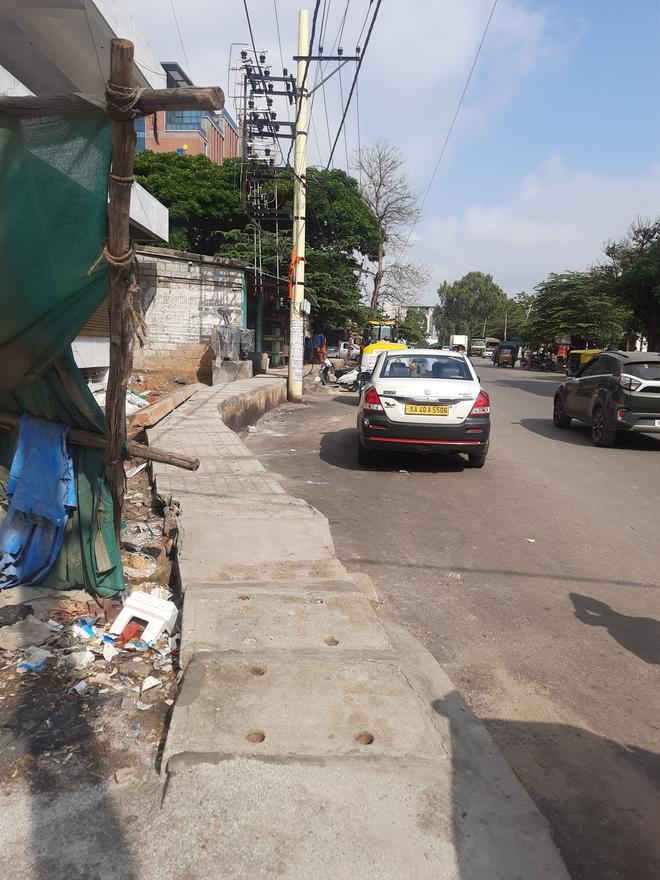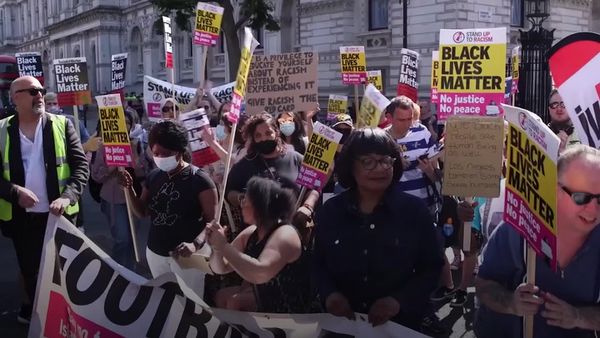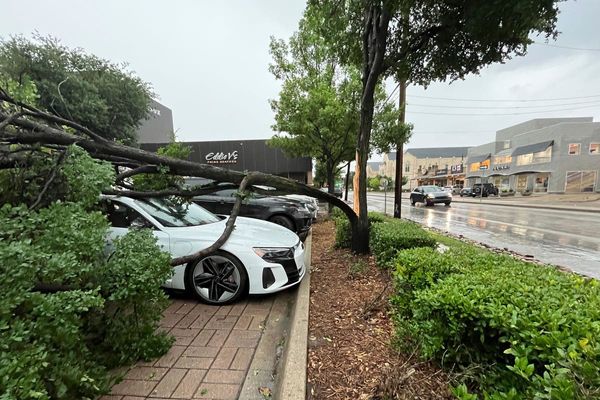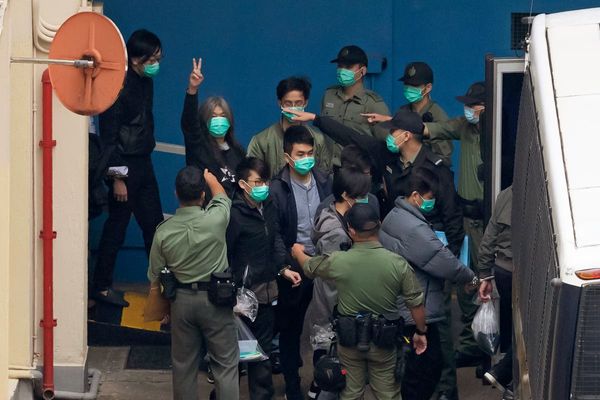Should a 77% increase in pedestrian deaths in Bengaluru city from 2021 to 2023 be surprising at all, when our footpaths are so notoriously un-walkable, edging out everyone to stray onto the dangerous roads? The data is alarming, but does it stir policy makers and civic agencies to rethink, redesign and rebuild our footpaths to be safer, walk-friendly and seamlessly accessible?
Forget for a moment the chaotic labyrinth of roads on the city’s outskirts, where walkable footpaths are a rarity. In the heart of the city, the so-called smart city roads originally designed with a pedestrian-first approach now see walkers as an afterthought. Wide, obstacle-free walkways that beckon pedestrians in droves are nowhere to be seen, the smartness of it all obliterated by the explosive vehicular onslaught.
Broken or missing pavement tiles, poorly lit walkways, encroachments at every turn, debris dumped in total disregard of walkers, vehicles parked everywhere… The seemingly endless list of obstacles makes every step risky. But is there a way to audit these obstacles with a network approach, identify fixes, estimate a cost, and recommend targeted solutions to the Bruhat Bengaluru Mahanagara Palike (BBMP)?
Walkability fix
This is precisely what Sensing Local chose to do with its Walkability survey in 19 wards. The areas were chosen to be representative of both the inner and outer wards, commercial, residential and mixed wards. “The BBMP spends so much on footpaths every year. Our intention was this: Can we channel that money in the right direction,” explains Sobia Rafique, Co-founder, Sensing Local.
“So the whole idea was to look at a priority network for walking, and then accordingly audit that network to generate budgets which can be allocated under the BBMP year on year. That was the main goal,” she elaborates.
For instance, an extensive priority network has 30 km of road and 60 km of footpath. “Say, our analysis finds 15 km are most important. Then we go to the community, and with volunteers evaluate the entire stretch. If 5 km is in good condition, we audit the other 10kms for both footpaths and junctions.”

Targeted budgeting
Data from the ground is critical for targeted budgeting and prioritisation. The audit looked at safety infrastructure and systems that were missing: Lighting, signalling, crossings, refuge islands on major roads and more. As Sobia recalls, “We also looked at perceptions of volunteers, whether they found it easy to cross the road or not. Based on the data sourced from both footpaths and junctions, we did the costing for BBMP to take it up.”
Encroachments and parking were found to be the biggest inhibitors. “Based on the data from 19 representative wards, we have also come up with an approximate cost to fix the city’s walkability. It is about ₹350 crore, and even if you put it for five years, it is not much.”
Indeed, one look at the startling pedestrian death statistics, and the amount appears miniscule. The City Traffic Police inform that nearly 40% of all accident fatalities in Bengaluru last year were of pedestrians. A total of 286 lives could have been saved in 2023 if the pedestrian infrastructure was good enough to ensure safe walking and avoid risky crossings.
Responsibility to planners
The police attribute the spike in fatalities to dangerous jay-walking. But this risky behaviour is only part of the problem. Research by the World Resources Institute (WRI) Ross Center and the Global Road Safety Facility has shown that the most effective way to prevent traffic deaths is a systemic approach that shifts responsibility away from the drivers and pedestrians using the roads, and instead puts the onus on city planners and officials designing them.
The study notes: “Analysis in 53 countries found that cities that have taken a ‘Safe System’ based approach have achieved both the lowest rates of fatalities per 100,000 inhabitants and the greatest reduction in fatality levels over the past 20 years.”
As Nikita Luke, Project Manager, Health and Road Safety at WRI, points out, “Countries like Sweden and the Netherlands adopted the Safe System approach over two decades ago, resulting in a significant reduction in traffic fatalities to between three and four deaths per 100,000 residents—a decrease of over 50%.
Proactive safety net
The Safe System approach, she says, acts as a protective safety net around our roads, safeguarding all road users. “Its essence lies in acknowledging that while human error is inevitable, traffic fatalities and serious injuries should not be. This is achieved by instituting structural fixes like better sidewalks, bike lanes, high-quality public transport, safer vehicles, and faster emergency response.”
In this context, how safe are the signal-free corridors in Bengaluru? Seasoned civic activist and a senior citizen himself, Dattatreya Devare is convinced that the concept of such corridors should be abandoned immediately.
“I live in Domlur. It is impossible to cross the road. The pelican signal has stopped working, and the police are absolutely helpless. I wrote to the police asking what action they took for over-speeding. They are just not serious about it. Signal-free movement is bound to cause accidents. Senior citizens are particularly at risk. It is an extremely bad system,” he notes.
Traffic calming measures
The need, says Devare, is to enforce ‘Traffic Calming’ measures. This implies deliberately slowing down the speed of vehicles to ensure pedestrian safety. But in the city, the motorist-first mobility policy has ensured that pedestrians have to run across zebra-crossings as the wait times have been reduced drastically.
In many cities abroad, motorists do not take a chance with pedestrian crossings, he points out. “There are pedestrian crossings at every short distance. Cars and two-wheelers just cannot pick up speed, and this is one of the many disincentives (in taking out private vehicles). Traffic calming has become absolutely necessary.”
Driving by the advertisements lobby, skywalks are placed at locations where pedestrians are least likely to use them. The focus is on the visibility of the ads displayed on them. As for footpaths, the Sensing Local study showed a dramatic fall in walkability. There were no footpaths at all in 6.67kms of road length in Yelachenahalli ward, while 40% of the pavements in HAL Airport ward fell under the ‘dark zone.’ Yelachenahalli also recorded the most parking encroachments.
Budget allocation
Interestingly, the data-based identification of the problem and targeted budgeting showed that 65% of the footpaths in the 16 wards surveyed could be fixed in under ₹40 lakh. Overall, it would take ₹109 crore for all the wards analysed. Scaling up to 225 wards would cost the BBMP about ₹1,500 crore, the study found.
Of all the road stretches analysed in the 19 wards, 46 kilometres had no footpath, 26.6 km were under the dark zone, 22.6 km were encroached by shops and vendors, 19 km had been taken over by parking, 10 km had broken footpaths and 12 km had a sharp level difference between the road and footpath.
The junctions covered under the study also had serious issues of walkability and safety. While 484 junctions had no pedestrian crossing at all, 288 had vehicles heading the wrong way. There were no streetlights at 189 junctions, no pedestrian signal in 64 and the signal did not work at 36 intersections.







